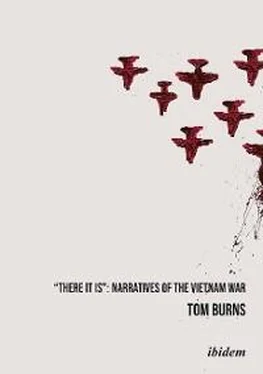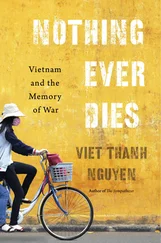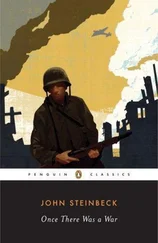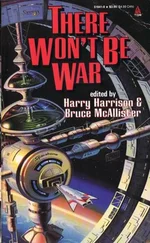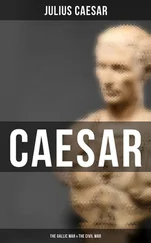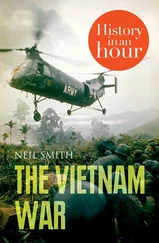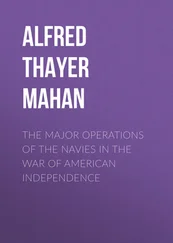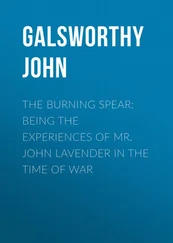Finally, Chapter Five discusses works written by civilians that view the war from the “outside,” whether through the character of a journalist standing apart from it (Pamela Sanders, in Miranda , 1978) or involuntarily immersed in the fighting (Takeshi Kaiko, in Into a Black Sun , 1980). The war in these works is portrayed on a larger canvas—both in space ( Miranda ) and time (Thomas Fleming’s The Officers’ Wives , 1981). Kaiko’s work, as well as the earliest example analyzed in this chapter, Norman Mailer’s Armies of the Night (1968), take a step further by problematizing the status of the narrator-observer, and in so doing become good examples of the blurred line between fiction and non-fiction present in so many of the more interesting works to come out of the war. The Kalbs’ The Last Ambassador (1981) is included here to give closure to the historical sequence that began with Morris West’s The Ambassador (1965), discussed in Chapter Two.
Part II, “Modes and Genres,” as the title suggests, is less concerned with the historical sequence and more focused on types of narrative. It discusses novels and autobiographical works published mostly in the late 1960s or the 1970s. Written by combat veterans about events that took place starting with the intervention of American combat units from 1965 onward, these works—with the important exception of the numerous combat novels in the mode of realism—tend to be critical of the war. As suggested above, what makes the narrative literature of the Vietnam War interesting, as compared to that of World War II, is the great variety of types of fictions, the narrative strategies employed in fictional and non-fictional works, and the blurring of dividing lines between the two. The chapters in this part have accordingly been organized according to narrative strategies, both traditional and innovative.
Autobiographical memoirs are a traditional form of war writing. The Vietnam versions discussed in Chapter Six illustrate the traditional (Philip Caputo’s Rumors of War, 1977), the polemical (Ron Kovic’s Born on the Fourth of July , 1976), the comic (Tobias Wolf’s In Pharaoh’s Army , 1994), and the unorthodox (Tim O’Brien’s If I Die in a Combat Zone , 1975 ) , as well as other examples. Chapter Seven discusses half a dozen allegorical novels, which is an unusual type of narrative for war novels but a traditional form of older literature. The extremes here may be illustrated by Norman Mailer´s Why Are We in Vietnam? (1967), a hunting tale that recalls classic American fictions, and Joe Haldeman´s The Forever War (1975), a science-fiction novel about an intergalactic war.
In terms of quantity, most fictional works about the war are combat novels written by soldier-authors that are also in the mode of traditional realism. These novels show the greatest continuity with the fictions of previous wars and the least variation in narrative structure. I have chosen nine examples of these for Chapter Eight, perhaps a greater number than is needed, in the hope that their common narrative themes and strategies, and their nearly interchangeable characters, become that more apparent. Chapter Nine discusses two examples of lengthy and more explicitly ideological combat novels that have been more highly praised in the press than the examples in Chapter Eight, as well as more widely discussed in the critical literature: James Webb’s Fields of Fire (1978) and John Del Vecchio’s The Thirteenth Valley (1983). They relate stories similar to those of the novels discussed in Chapter Eight, but are more concerned with both describing and justifying the war. My last example of the combat novel, Karl Marlantes’ Matterhorn (2010) is the most recent work and serves as an Epilogue to this chapter, perhaps the last traditional combat novel to be written about Vietnam. It exemplifies how the combat novel of realism is a perennial and popular form, taking up so many of the characters and themes of both this and previous wars.
Finally, more oblique narrative approaches to the representation of war, commonly known as postmodernist, can be seen in the imaginative works discussed in Chapter Ten, where “Deviations” from traditional realism are examined, and Chapter Eleven, “Inventions,” where even more radical narrative strategies of fantasy and metafiction point to a possible future of the Vietnam novel. It is argued that the fictions discussed in these two chapters—unlike those of Chapter Eight and Nine—could only have emerged from the Vietnam War.
Part III, “Alternatives,” discusses other types of narratives, as well as fictions about the postwar period. Chapter Twelve features works by journalists, which are generally critical of the political motives behind the war, and, unlike the works discussed in Chapter Three, not just the way it was fought. The political stances and the reporting styles of novelists Mary McCarthy and James Jones are contrasted, as well as those of journalists Harrison Salisbury and Jonathan Schell. Finally, Michael Herr’s postmodernist Dispatches (1977), a widely praised work that challenges traditional journalistic narratives, calls into question the notion of the narrative representation of the war itself.
Chapter Thirteen discusses the less “literary” oral narratives of veterans, a form, it is argued, which is crucially intermediated by journalist-editors. Chapter Fourteen, “The Return of the Repressed,” concludes this book with discussions of fictional works produced by soldier-writers about their experiences as returning veterans. Chronologically, these novels—some of which are among the most critically well-received of all the writings about the war—have expanded time schemes that cover the postwar lives of their characters, typically moving from home to the war and back again. Some of these works, notably Stephen Wright’s Meditations in Green (1983), could have been discussed in Part II for their interesting generic features and innovative narrative strategies, but the thematic emphasis, the reflection on the war in retrospect, seemed me to justify their being included here. Conversely, Tim O’Brien’s critically acclaimed The Things They Carried (1990) takes up the theme of the veteran after the war, but I have included it in an earlier chapter on narrative inventions. It seems likely that the important works on Vietnam now being written, and to be written in the future, are likely to be of this kind. We probably already have too many gritty combat novels—even while popular culture has churned out a seemingly endless series of what might be called Vietnam action stories—but there may never be enough analytical and imaginative works to help us reflect better on the meanings of the war and its important place in the history and culture of the United States.
1March 5, “This day in history.” www.history.com
2Hobsbawm, Eric, The Age of Extremes: A History of the World, 1914-1991 (New York: Vintage, 1996), p. 434.
3Hobsbawm, The Age of Extremes, p. 434.
4The term is taken from the title of Marilyn B. Young’s The Vietnam Wars 1945-1990.
5Mary McCarthy, in a discussion of the terms used to designate the National Liberation Front, points out that although the term “Viet Cong” (Vietnamese Communist) was a derogatory label (like “Commie” in the US in the 1950s) and therefore unacceptable to the North Vietnamese, for whom the correct term was “People’s Liberation Army,” it became the common term “in the Western World” to refer to the insurgent forces. She writes that “the derogatory term was “Charlie,” an abbreviation for Victor Charlie, or radio parlance for the Viet Cong. She also writes that just the initials VC were a “half-affectionate diminutive, like ‘G.I.’” McCarthy, Hanoi (New York: Harcourt, Brace, and World, 1968), p. 74. In my discussions of the literary works in succeeding chapters, I usually refer to the fighters of the National Liberation Front (NLF) as Vietcong or VC, owing to the greater familiarity of these terms, but, based on that literature, I cannot distinguish any real difference, positive or negative, in VC, Vietcong, Viet Cong, Victor Charlie, or just Charlie, terms that American soldiers seemed to use indifferently, although they understandably never called their enemy the NLF.
Читать дальше
